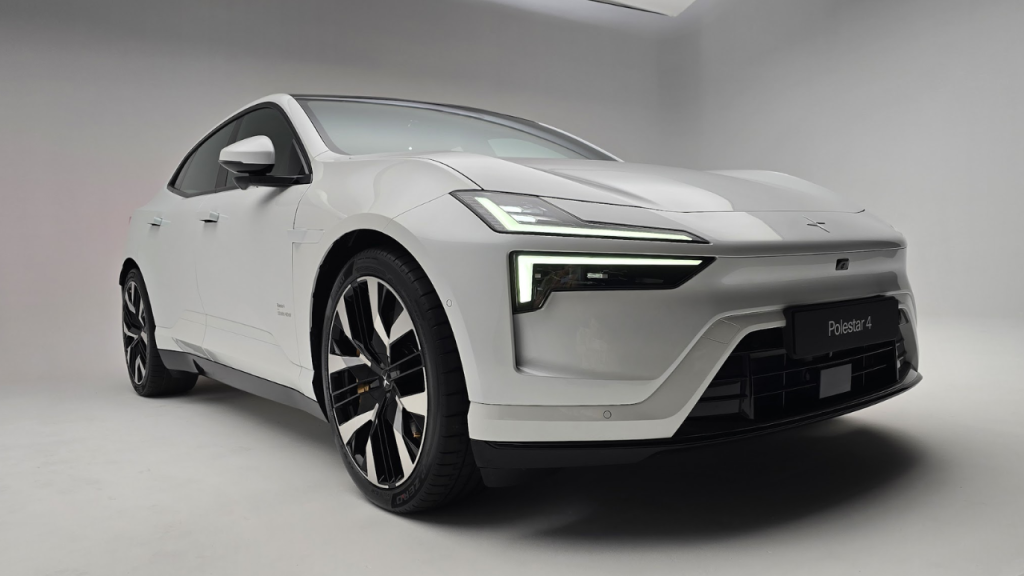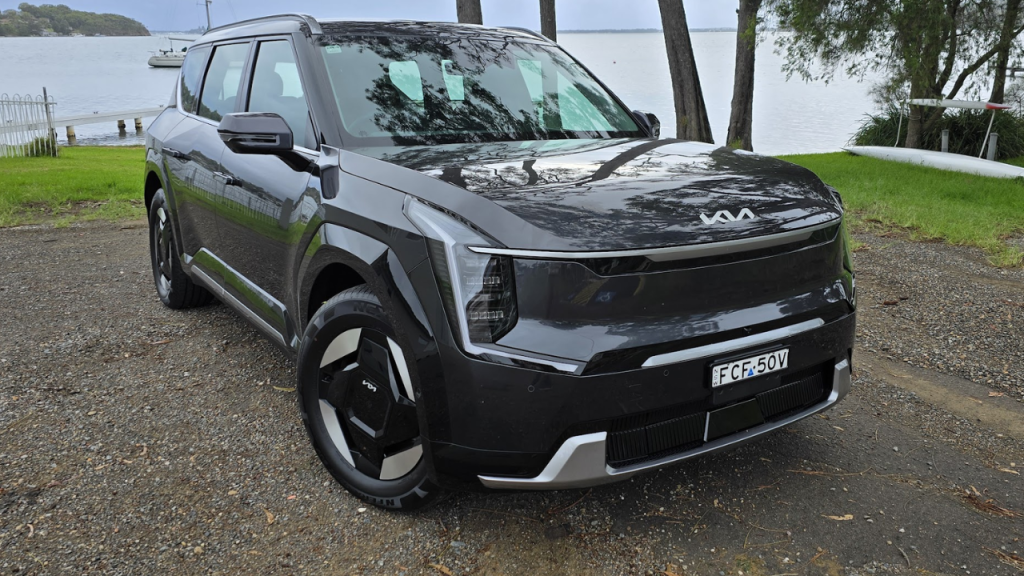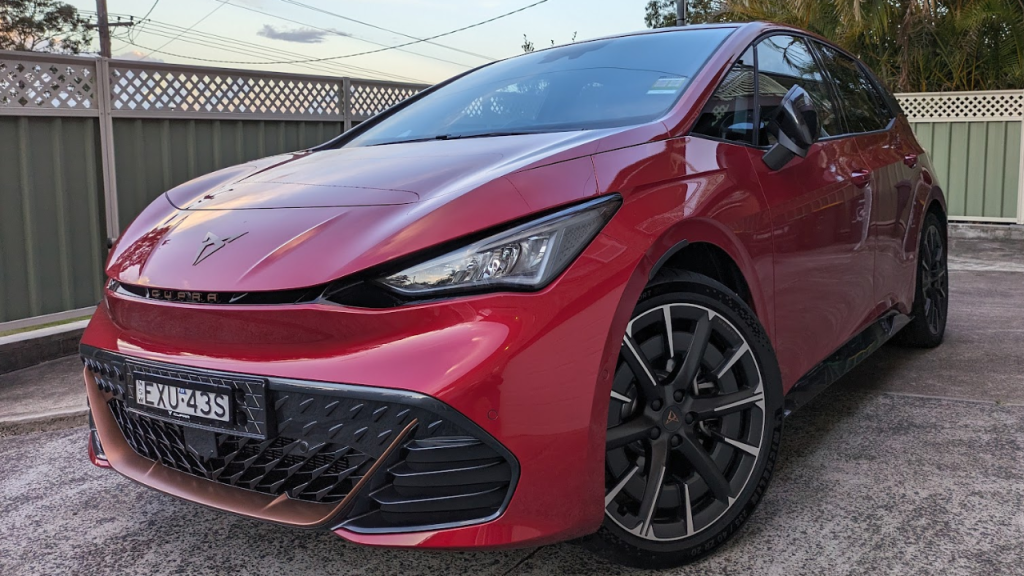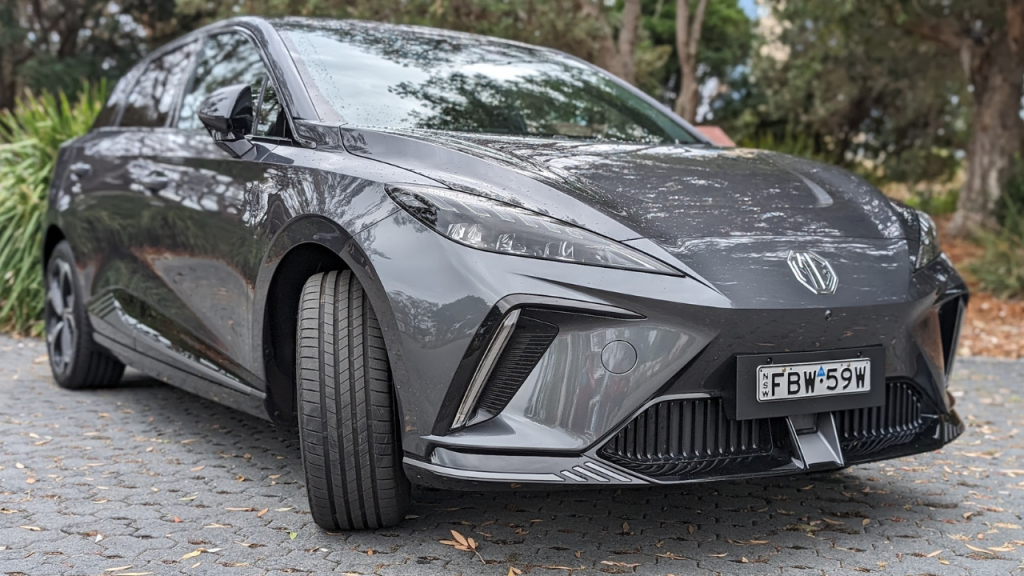Yesterday, my review of the GWM Ora, the cheapest electric car you can buy in Australia, went up, in which I took the car on an 800km day trip. What I didn’t mention was that, at the same time, my brother was also making the very same trip, albeit in a petrol-fuelled Subaru Liberty 2019 sedan. We made the exact same trip, except he drove petrol, and I drove EV. He arrived earlier, I arrived much later.
The obvious bait of this article is an immediate write-off of electric cars; that they’re nowhere near as practical as petrol cars, and that EVs are therefore poorly suited for Australian roads, though I wouldn’t be so cruel. It does bring to question though; which type of car should you buy in 2024? Is it too early to go all-electric for your lifestyle, or is now the time?
Here are my recommendations for you, based on all of my experience driving and reviewing electric cars.
Petrol vs EV: In the city
Electric vehicles have a tremendous advantage in ideal city environments. EVs have a cool little feature called ‘regenerative braking’ (which many PHEVs also have), that enables a return of energy to the battery when braking. That means, in environments where you’ll be driving at a gentle pace and then decelerating to a full stop constantly, you’ll be getting a range boost. Petrol vehicles, on the other hand, will be expending fuel constantly throughout the city, without the ability to recoup energy from braking. They may not need to ‘recharge’ as long as EVs do, but when it comes to efficiency, EVs are a clear winner.
City livelihoods only represent a fraction of car purchases, however, and even if you were to live in the city, you’d still need to fulfil a criteria to get the most benefit out of an EV.
The verdict: EVs have an efficiency benefit in the city of petrol vehicles, however this really only exists as a positive as subject to other criteria.

Petrol vs EV: Long distance roadtrips
Stop me if you’ve heard this one before, but EVs struggle with range when compared to pretty much any petrol car. According to Drive, the longest-range petrol car in Australia (excluding ones with plugs) is the Toyota Yaris ZR Hybrid (not a PHEV, yes we are comparing an EV to a hybrid), with an advertised range of 1090km, or 878km according to the publication. The longest-range electric vehicle in Australia is the Polestar 2 Long Range Single Motor, capable of a rated 654km (WLTP) in ideal conditions. The WLTP rating is indicative, and across both models, range would vary based on driving conditions.
No doubt that there’s a world of difference between these cars: the Polestar 2 feels much more premium than the hatchback city car that is the Yaris ZR Hybrid, and it would feel better on a long-distance road trip, but you’re going to be stopping to charge the EV so much more than a petrol car would need to refuel – and they can be long charges, too depending on charging speeds offered by the station and your car (I’ve personally waited at charging stations for more than an hour previously in less powerful models).
That brings with it a world of issues, mitigated by the Polestar 2’s fast charging speed, but Australia’s charging network is pretty weak. You’re going to get quickly annoyed by out-of-order stations, queues behind other drivers, issues with multiple apps, and just extremely basic layout stuff (this is the third time I’ve written this line this week, but most charging stops don’t have roofs).
The verdict: If you’re going on a long-distance road trip, the less painful option is going to be a petrol-fuelled car, by virtue of how easy it is to refuel, and how far it can travel without needing to refuel. It’s a weakness that EVs still have, that is improving over time, but is kneecapped by a fairly underdeveloped charging network.

Petrol vs EV: Entry and running costs
EVs are new, and that means their prices are higher – the train of thought couldn’t be any more basic, but it covers for the high costs of production and the high costs of battery materials (obviously entry prices are coming down though, with range going up). However, if treated appropriately, you’ll be saving on running costs when living with an EV.
Cheapest-to-cheapest, the least expensive car in Australia at the time of writing is the MG3, priced at $18,990. The cheapest electric car in Australia is the GWM Ora, at $35,990. It’s clear to see a winner here in terms of up-front costs, and if you were to compare category by category, you’d see petrol cars cheaper than electrics across them all.
That being said, petrol cars are reliant on, well, petrol, the prices of which have skyrocketed in recent years. Electricity prices have also skyrocketed, however, when charging your EV at home, you’ll be saving so, so much more. This being said, the savings aren’t as great if you’re reliant on public DC charging, making it a more difficult prospect if you don’t have access to a home charger (say, for example, if you rely on curb parking).
The verdict: If you need a car in the here and now, and don’t have the ability to think about ongoing savings, it’s easy to consider the petrol car a winner. However, if treated appropriately, you can save hundreds on your fuel bill by going electric.

Petrol vs EV: Maintenance costs
One final comparison section; maintenance. Speaking broadly, electric cars are cheaper to service than their petrol counterparts, by way of their service periods being more spread out. EVs are also subject to less anomalous breakdowns that petrol cars could encounter, because they have far fewer parts in the mix. Costs vary for servicing from company to company, but you’ll be servicing an EV a whole lot less.
However, I didn’t forget about the battery. EV batteries will degrade over time, with it expected that an electric car battery would take about 15 years to degrade to 70 per cent maximum charge. Obviously petrol car range can dropoff as well over time, but with EVs, the solution would be a battery replacement, which you can chalk up to between $12,000 and $20,000 in repairs and part costs, per Carsales.
The verdict: EVs require less maintenance than their petrol counterparts, but don’t let that fool you – they’ll still suffer battery degradation eventually, which will bring the saved costs of all those missing part replacement jobs to a head.

OK, But what about hybrids and PHEVs?
We go into detail about the difference between EVs, PHEVs, and hybrids in this separate article, but when it comes to hybrids, these cars to offer an efficiency benefit (especially in cities) at the cost of greater engine complexity. Meanwhile, PHEVs have even greater complexity, although they can be driven entirely on electric power, without needing to combust petrol at any time (other than to generate electricity, which you can skip by home charging your PHEV). If you’re going to be driving electric in cities and petrol outside of cities, there is a genuine use case to be made for PHEVs – just make sure you’re actually using the electric mode appropriately.
Hybrids, which are entirely petrol-reliant, get an efficiency benefit from an electric motor at low speeds, but they’re still petrol cars. You’re still burning fossil fuels, and you’re still paying more on running costs.
The verdict: Should you buy a petrol car or an EV?
Look; there are simply things that petrol vehicles can do that EVs can’t. One of the big ones is travelling long distances painlessly, but another one is travel off-road in a 4WD mode without needing to recharge often. However, if you live in a city, or if you live near a city enough to make it work, you can get genuine benefits from an electric car. You’d also be helping to stop polluting the environment, obviously, though don’t think lithium is free of sin.
Image: Zachariah Kelly/Gizmodo Australia
